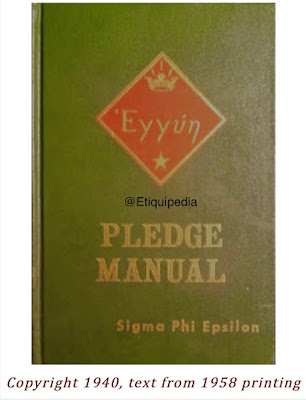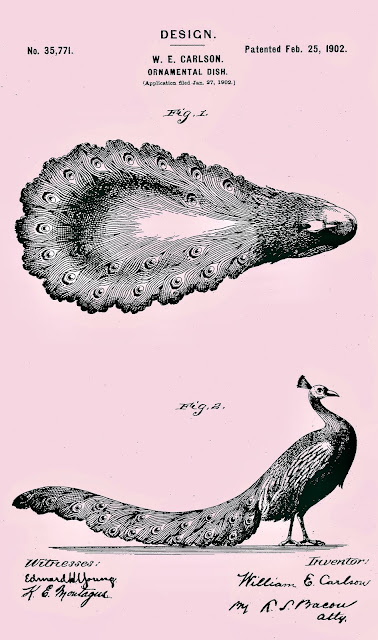How to Introduce Yourself
and Others
(Socially and Professionally)
When you know how to introduce yourself and others in social and business situations, your confidence level reaches new heights and you suddenly find yourself unstoppable.
Can knowing this one little piece of etiquette really do this for someone?
Yes!
The art of introductions is the cornerstone of bringing people together. And once mastered, you automatically assume the role of host wherever you go. But remember, great hosting comes with great responsibility.
Allow me to provide some guidelines . . .
How to Introduce Yourself
No matter where you go, you're bound to see someone you don't know. And in appropriate settings like a networking event, a birthday party, a big get-together at a friend's home, you should make the most of these social opportunities by introducing yourself.
A self-introduction is as simple as saying, "Hi, we haven’t met. I’m (insert your name here)," as you extend your hand for the common handshake.
If you're approaching someone you are familiar with, you could make your introduction a bit friendlier by using his name, "Mr. Robinson, my name is _________. It's a pleasure to meet you."
Introducing Other People Socially
Now let's stretch your comfort zone and begin introducing others. Here is the four-part formula for making correct introductions.
If the people you're introducing are:
- Same age range, same gender - it doesn't matter whose name you say first.
- Same age range, different gender - say the female's name first.
"Claire, this is my coworker, Troy. Troy, this is Claire."
Different age range - say the older person's name first.
"Uncle John, this is my friend, Marilyn Mims. Marilyn, this is my uncle, John Pike."
If one person is a VIP - the VIP's name is spoken first. VIP = guest of honor, military officers, judges, elected officials.
"Mayor Smith, I'd like to introduce Emma Gold. Emma, this is our Mayor, Tita Smith."
Also Keep in Mind
- When introducing relatives, be sure and give their full names. Your friends wouldn't call your parents "Mom" or "Dad", but won't have any other option unless you tell their names.
- In business, and more formal occasions, use first and last names when introducing people.
- It is always helpful to give a little more information about the people you are introducing. "Troy, this is Claire. She enjoys horseback riding, too." You've just given Troy a terrific conversation starter, for which he will be grateful!
- Smile and shake hands. A warm, friendly smile wins people over every time. Use it with the standard American greeting of shaking hands, and you'll definitely make a great impression. And remember to make eye contact!
- Notice that in social introductions there are two sentences. Be sure you don't interrupt before the introduction is complete.
Introducing Others at Business Events
Introductions in the professional world are based on position and rank in the company/organization. State the name of the highest-ranking person first.
“Mr. Williams (boss), this is our new office assistant, Karen Staker.”
“Ms. Johnson (company president), may I introduce the head of
our production department, Bill Sable.”
When a client or special sponsor/benefactor is being introduced, state the client’s name first, even if the person from your company/organization has a higher position in his/her company. For example, your client is a VP of her company, and you are introducing her to your company’s President.
“Sally Jacobs, I’d like you to meet Dr. Richard Strong, who is our
Founding Director of Simple.org.”
When you are introducing two people of equal rank in the corporate or academic hierarchy, introduce the one you know less well to the one you know better.
“John Kelly (you know him pretty well), I’d like you to meet Gretchen
Smith (you’ve only recently met).”
Also and Always
- After the introduction, continue addressing the person as Mr. or Ms. unless you are given permission to use his/her first name. (You may choose to accept the offer or not.)
- In formal/official business situations and at dinners, your host meets and greets you, and also introduces you to others. In networking situations, introduce yourself.
- Re-introductions are helpful. Someone is always struggling to remember a name.
- If someone enters your office or work area and introduces himself as Bill Smith, "Welcome, Mr. Smith" always works. Formality shows respect.
- Don't forget to use your first and last name when introducing yourself!
Make the Most of Introduction Opportunities
Meeting someone new is like opening a gift. You never know if your new acquaintance will turn into a best friend, an important client, or the love of your life. The thrill of surprise is endless.
Now that you know how to introduce yourself and other people, there are many opportunities awaiting you. Remember, the only true faux pas you can make here is not introducing yourself or someone else in your presence.
Practice these guidelines as often as you can. And keep me posted on your progress!
Contributor, Candace Smith is a retired, national award-winning secondary school educator, Candace Smith teaches university students and professionals the soft skills of etiquette and protocol. She found these skills necessary in her own life after her husband received international recognition in 2002. Plunged into a new “normal” of travel and formal social gatherings with global leaders, she discovered how uncomfortable she was in many important social situations. After extensive training in etiquette and protocol, Candace realized a markedly increased confidence level in meeting and greeting and dining skills and was inspired to share these skills that will help others gain comfort and confidence in dining and networking situations. Learn more at http://www.candacesmithetiquette.com/
Etiquette. Enthusiast, Maura J Graber, is the Site Editor for the Etiquipedia© Etiquette Encyclopedia


























